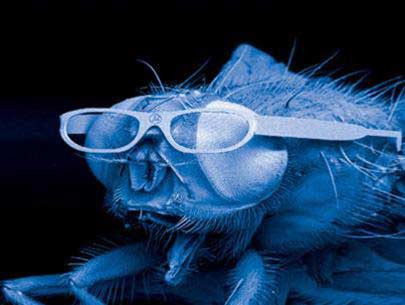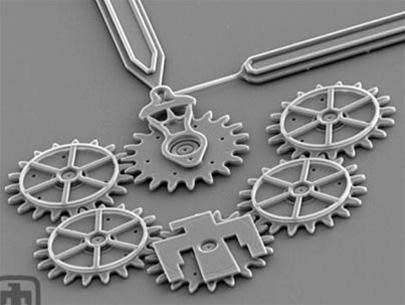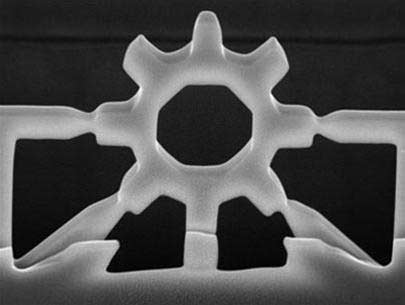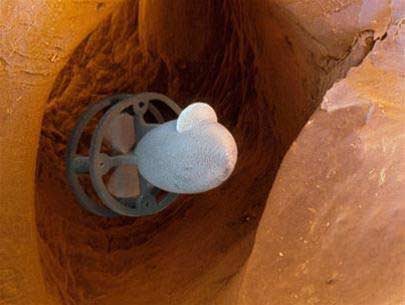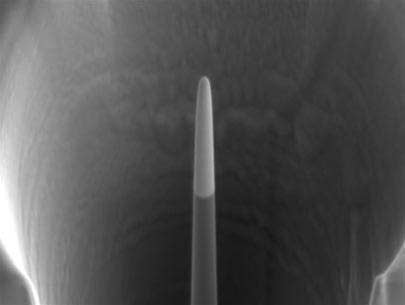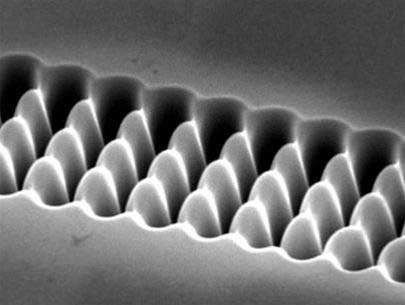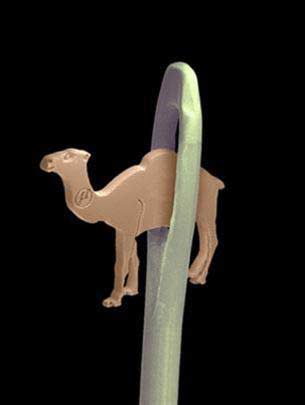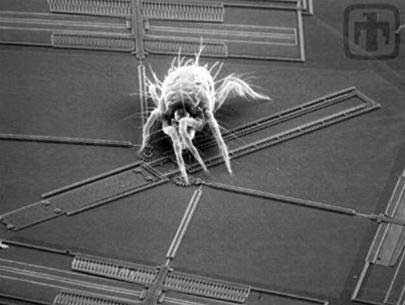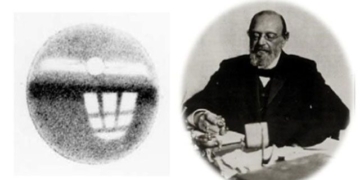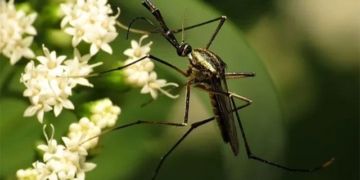There are objects created by humans that are incredibly sophisticated, to the point that they cannot be seen by the naked eye. Even though they are only a few thousandths of a millimeter in size, they are extremely useful.
We cannot be sure how many of these microscopic items could fit on the head of a sewing needle (just a few nanometers), but today’s advancements in nanotechnology enable scientists to accomplish tasks that once seemed impossible. Below are some “super tiny wonders” from experts.
|
A fly wearing glasses that are 2mm wide. These glasses were created using ultra-precise technology with laser pulses. |
|
A system of micro-gears with six gears that can operate micro-machines at speeds up to 25,000 revolutions per minute. Complex electronic locks also use these gears, making them difficult to break. Each gear in the chain serves as a crucial component for the precise operation of an electrical system. |
|
This gear was created using a focused ion beam. The image is seen under 50,000x magnification. |
|
This tiny submarine, formed by using a computer to control a laser beam that “solidifies” an acrylic-based liquid compound, is only 4mm long. It is hoped that this device will embark on fascinating adventures, especially in medical applications. |
|
A molecular probe measuring 6 micrometers (1mm = 1000 micrometers) made from a platinum rod. This device is used to monitor the distribution of individual molecules during alloy mixing as well as in other materials. The image is seen under 25,000x magnification. |
|
A matrix of holes created with each hole measuring approximately 125 nanometers (1mm = 1,000,000 nanometers) precisely drilled using computer-controlled focused ion beams. |
|
A 2mm tall gold-leaf camel that is placed snugly inside the eye of a needle measuring 300 micrometers. |
|
A tick measuring 500 micrometers sitting on a mirror system used for beam steering in optical data transmission. This lens (on the left) is controlled by a system of micro-gears. |
V.THẢO










































